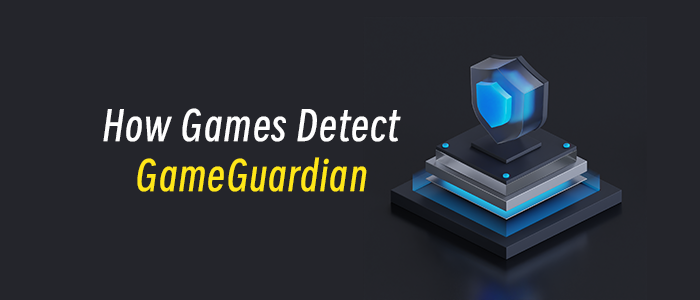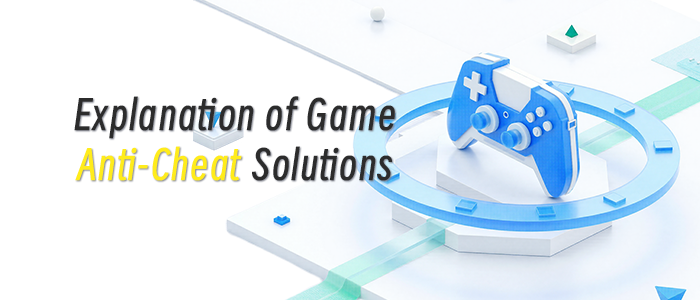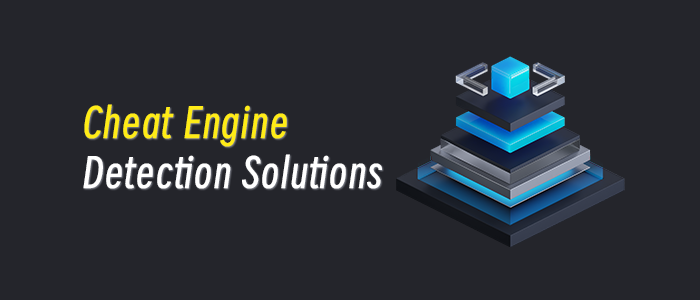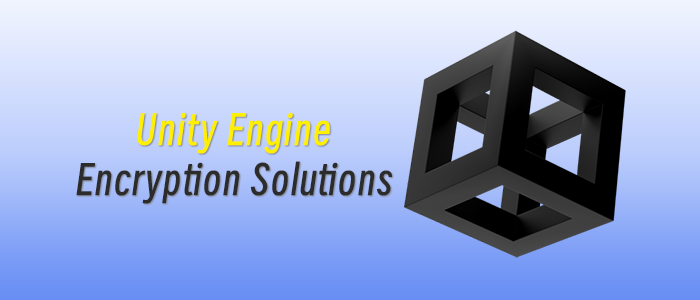
Thanks to AI, historians studying ancient Rome now have a powerful new tool.
A research team, including scholars from Google DeepMind and the University of Nottingham, developed a generative AI model called Aeneas that can help interpret damaged Latin inscriptions by estimating their location and date and suggesting likely missing text.
Each year, roughly 1,500 new Latin inscriptions are unearthed, ranging from imperial decrees to everyday graffiti. These inscriptions, written by ancient Romans across all social classes, offer rare, first-hand insights into daily life, language, and society.
Yet many of them are incomplete or difficult to contextualise. Traditionally, scholars must compare each inscription against hundreds of others manually - a process described as laborious and requiring exceptional expertise.
Aeneas, trained on over 170,000 Latin texts, can now predict when and where an inscription was written across the Roman Empire's 62 provinces. In one test case, it analysed the famous Res Gestae Divi Augusti, narrowing down the date to the same two options long debated by historians.
Aeneas significantly improved research outcomes when used alongside human expertise instead of replacing it, helping scholars piece together history more efficiently than ever.

























